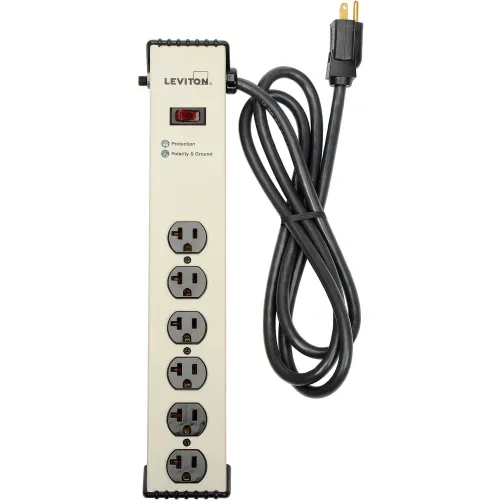Hi all,
I’ve seen some posts regarding the use of extension cords for a short period of time but haven’t seen a post on long term solution. I’m expecting delivery of MYP sometime in January or early Feb so I’m researching my options before its arrival. Currently living in a condo and next to my indoor parking space, there’s a 110v receptacle outlet with one of those covers on it. It seems like the receptacle was installed upside down as the ground connector is on top. A neighboring car is storing his vintage benz for the winter and has what it seems to be a battery maintainer hooked up to the bottom outlet. Since the receptacle is installed upside down, part of cord which extends from the bottom of the plug (much like the tesla 110v wall charger plug/cord placement) will be in the way if I use the plug on top of his. I mean, I guess I can bend his cord as it’s fairly thin compared to our EV charging cord and shove mine in on top of his but that’s just rude.
Another option would be for me to get a short 12g extension cord where the cord comes out from behind the prongs instead of from the side. I understand there are more fire risks the longer the cord. I’ve seen 12g 20amp extension cords that are 1 foot which I’m considering on purchasing now especially with the supply chain issues. **My big question is—would it be safe for me to use a 1 foot 12g 20amp to charge my YP on a permanent basis?**
Our condo parking garage is limited on how much electricity they are getting in but our board is brainstorming on how to get more in and the cost associated with it. We are getting more and more Tesla owners in our building and this has become a problem with very limited outlets in our garage. We were fortunate to have purchased a spot with an outlet next to it and also fortunate that it’s heated so no worries on battery draining faster than it’s charging on a regular wall outlet
I’ve seen some posts regarding the use of extension cords for a short period of time but haven’t seen a post on long term solution. I’m expecting delivery of MYP sometime in January or early Feb so I’m researching my options before its arrival. Currently living in a condo and next to my indoor parking space, there’s a 110v receptacle outlet with one of those covers on it. It seems like the receptacle was installed upside down as the ground connector is on top. A neighboring car is storing his vintage benz for the winter and has what it seems to be a battery maintainer hooked up to the bottom outlet. Since the receptacle is installed upside down, part of cord which extends from the bottom of the plug (much like the tesla 110v wall charger plug/cord placement) will be in the way if I use the plug on top of his. I mean, I guess I can bend his cord as it’s fairly thin compared to our EV charging cord and shove mine in on top of his but that’s just rude.
Another option would be for me to get a short 12g extension cord where the cord comes out from behind the prongs instead of from the side. I understand there are more fire risks the longer the cord. I’ve seen 12g 20amp extension cords that are 1 foot which I’m considering on purchasing now especially with the supply chain issues. **My big question is—would it be safe for me to use a 1 foot 12g 20amp to charge my YP on a permanent basis?**
Our condo parking garage is limited on how much electricity they are getting in but our board is brainstorming on how to get more in and the cost associated with it. We are getting more and more Tesla owners in our building and this has become a problem with very limited outlets in our garage. We were fortunate to have purchased a spot with an outlet next to it and also fortunate that it’s heated so no worries on battery draining faster than it’s charging on a regular wall outlet



